How to Visit 3 Disney Destinations on 1 Airfare
This post covers the concept of multi-stop airfare, including stopovers and open-jaw flights, and how these perfectly legitimate, but little understood tools can be used to book airfare to Tokyo, Hong Kong, Honolulu, and back for roughly the same price as a single round-trip flight to Hong Kong. That means visiting Tokyo Disney Resort, Hong Kong Disneyland, Aulani, and A Disney Resort & Spa for roughly the same airfare cost as just one of those destinations.
If it sounds too good to be true, it probably is. Except in this case. This is totally legit. We are dubbing this incredible trip the “Disney Grand Circle Tour of the Pacific Rim.” Who needs Adventures by Disney when you have blog posts for Making Your Own Adventures…by the Brickers?! 😉
If the airfare terms above don’t make much sense now, fear not, as by the end of this post you will be a master (or at least an apprentice…I’m not sure how the whole ranking system works!) in advanced airfare bookings. Note that we just updated this post in 2016 with a bit more information if you want to use this for a stop in China to do Shanghai Disneyland. That update is on Page 2–we didn’t rewrite the entire thing, so make mental substitutions as appropriate.
Over the last couple of years, we have become pretty big advocates of traveling to the international Disney theme parks. Understandably, a lot of Disney fans have legitimate concerns about the cost of the trip and the discomfort with international travel. While we have received a number of positive comments and emails from many of you who are planning visits to Tokyo Disney Resort, we understand that it’s not a possibility for everyone. We get that. Our goal with our posts on the international parks is not to boast about our travels or rub how great these places are in anyone’s face. Rather, we want to bring awareness of these parks that are seldom-visited by Americans, but are really worth experiencing for those who have the time and resources.
We have pointed out in the past that these international trips don’t have to be as expensive as many people assume they are (see our Tips for Saving Money at Tokyo Disneyland post), and depending upon your party size, a trip to Tokyo may cost about the same as a trip to Walt Disney World. In fairness, this is typically only true for those without multiple children, those who can travel during non-peak times, and live near a major international airport or can save miles for the trip. To be very clear, we are in no way saying that a trip to Asia is “cheap” or even something that anyone can do. These days, a trip to any Disney park is something out of reach for much of the world’s population (so we should all be thankful 🙂 ). Our only point is that it’s worth crunching the numbers before dismissing it out of hand.
With all of that said, the biggest obstacle many if not most readers have presented to us is the cost of airfare. No surprise. Airfare is a per-person cost that (obviously) increases as your party size increases. In comparing the cost of a Tokyo visit versus a Walt Disney World visit, airfare is also where the largest price difference lies. In fact, in terms of park tickets and nice hotel accommodations, Tokyo and Hong Kong are actually cheaper than Walt Disney World in most cases.
Unfortunately, there is nothing we can do to decrease the cost of a flight to Asia, short of advising you to plan early, use available tools to your advantage, and be flexible on dates. Airfare to Asia is expensive, in most cases over $1,000 round-trip per person. However, what we can do is increase the perceived value of that single, expensive airfare with stopovers and open-jaw flights? Interested in visiting Hong Kong, Tokyo, and Honolulu to do the “Disney Grand Circle Tour of the Pacific Rim,” all for about the price of a round-trip flight to Hong Kong? Read on!
Hawaii, Japan, and Hong Kong
NOTE: This section was originally written in 2014–none of it has been updated to account for adding Shanghai into the trip. As you’ll read on page 2, Honolulu is probably out of the question if you’re thinking of adding Shanghai. However, this all remains relevant and necessary reading if you don’t understand the concepts behind multi-city airfare.
The first step is understanding what the terms I mentioned above–stopover and open jaw flights–mean.
A stopover means exactly what it sounds like it means: it’s a stay in a connection city for more than 24 hours and less than the duration of your trip. Stopovers are naturally occurring, meaning that they are permissible only in cities that are on a normal flight route. In other words, some flights to your final destination would be making the stop there anyway. On a flight to Asia, Honolulu is a natural stopover (as are a variety of other cities within Asia itself).
An open-jaw flight is a round-trip ticket in which your arrival city and your departure city for your return flight home differ. The path-lines between the airports in the middle form an open angle, rather than the norm of a closed loop, resembling an open jawline, hence the name.
This one is a little more difficult to understand, but an example would be flying into Los Angeles, renting a car and taking a road trip, then flying home out of San Francisco. In the case of international travel, an open-jaw flight is often used because overseas budget carriers make it much cheaper to “country hop” with individual, one way tickets, rather than including all of these tickets on your main airfare.
In most cases, so long as the stopover and open-jaw are naturally occurring, there is no added fee for either of them, or only a small fee (like $50). This depends entirely on the air carrier, and with some carriers, it’s easier to book these than it is with others. In our experience, United (and its affiliates) are by far the best option to use.
Hopefully this makes sense so far, if not, it will become more clear once we start looking at the airfare routes. To illustrate, we will look at two sample itineraries out of Los Angeles in late September. To do this, you’ll want to go to ITA Software, which is the airfare search engine everyone should use. Always.
I’m using Los Angeles for this example because it’s the easiest airport to use due to its heavy traffic. The same principles here can be applied to any city with a major international airport. We have booked tickets for ourselves like this out of Los Angeles, Chicago, and Indianapolis. One thing I’ll put out there up-front is that this is a lot of work.
It can require a lot of date-tweaking and the cheapest airfare might requiring you to drive or fly to another city (this is what we did when we booked the flight out of Los Angeles…and we added a day in Disneyland for good measure!). This is not an easy or simple process, and can be very frustrating as you experiment with different route options (hint: new tabs in your browser are your friend), but it is incredibly rewarding once you find an itinerary that works! Ever found a $100 bill on the ground? It’s sort of like that, except you earned this, and you’ll “find” more than $100 worth of value in this case.
To start, we highly recommend doing a month by month search to find general date ranges with cheaper flights. We do this right off the bat so we know if certain months are too expensive, and thus a waste of time for the subsequent searches. Once you’ve found some dates that seem good price-wise, narrow your search to more specific dates. Here’s what your first search will look like the screenshot below (click to enlarge):
Note that I’ve included a range of dates for the duration of the trip. This also helps in finding less expensive flights.
I used the month of September because that’s typically a good month (price-wise) to travel. You’ll notice that the lowest rates here start at $733, although our Los Angeles to Hong Kong rate will be higher than that. This is because the $733 rate is for carriers that either don’t do stopovers, or don’t do them where we will want to do them. So, technically you can get this flight for lower than the price we discuss below (if you do a search for Los Angeles to Tokyo, the rates are all above $900 on this calendar, so a trip to Tokyo would cost basically the same amount as the lowest available round-trip in the entire month of September).
Since September is a good month, we now know that it’s worth spending our time doing some exhaustive searches during this month. At this point, you can jump right into the multi-stop searches! Here’s our home screen on ITA Software for just those:
To run this search, click the “Multi-city” tab at the top, then enter your flights. First is LAX to Honolulu (HNL). Flight 2 is HNL to Tokyo (all airports). Flight 3 is Hong Kong (all aiports) to LAX. Again note that you have no flight between Tokyo and Hong Kong at this point. Most airlines allow only one stopover and one open-jaw per trip, meaning that if you added the Tokyo-Hong Kong connection here, you’d either end up with no results, or an airfare at least twice this cost. We’ll book the Tokyo-Hong Kong connection later.
Another thing to notice here is that I did +/- 1 or 2 days for these flights. For best results, start with +/- 2 days for each of these. Be careful if you’re doing a shorter trip for all of these stops, as you might end up with results giving you only a day or so in Honolulu.
This search will take a loooooong time to complete, as the little gnomes that move data around on the internet (pretty sure gnomes power the internet, right?) have a lot of work to do. Eventually, you’ll receive a screen of results like the one above. For my sample flight, when I searched today, I found an all-inclusive ticket for $987.
Note that you will pick each flight individually (above are the options for flight 1), so the $987 number is just a starting price. This is exactly how flight-booking works on a normal round trip. Let’s pick options for each leg and take a look at our results…
For this sample flight, I selected the cheapest options on each leg of the airfare, making my total $987. Since I was only doing this search for the sake of the blog post, I was okay with the cheapest flight times. When you actually do this yourself, don’t just look for the cheapest flights, look for the ones that work best to maximize your time in each location. It’s well worth paying $1,050 versus $987 if you like the slightly more expensive flight options a lot more. As you can see, a big chunk of that is taxes and various security fees.
Once you’re at this screen, open a new tab and go directly to the air carrier’s site, replicate the search, and book the flight. You cannot book flights on ITA Software, it’s just a research tool. However, it’s much more advanced (and works better) than other search engines. No surprise there…it’s owned by Google.
We still need to get from Tokyo to Hong Kong, so let’s book a separate one-way ticket…
We have a few options here for 16,570 Yen. That works out to be about $161. When we’ve done this in the past, <$100 flights have not been uncommon, so keep searching until you find something with which you’re comfortable.
You’ll notice that the main airfare above is on United. I love United, especially for flights originating out of Los Angeles, where they usually have their best crews. However, if you can find the same price–or even only a slightly higher one–on a foreign carrier, do not hesitate to book with the foreign carrier. In our experience, the foreign carriers are all better than the US legacy carriers. My personal favorite is ANA. Sometimes, you can get the best of both worlds with flights that are booked via United but operated via ANA. Frequent flier miles plus impeccable service and quality, woo hoo!
While this particular airfare may not work for you–or anyone–the idea of a $987 multi-stop flight (plus $161 for the connection) taking you to Hong Kong, Tokyo, Honolulu, and back should be pretty exciting. (If you didn’t want to do all three stops, you could drop one location and just do the stopover, saving the cost of the connecting fare.) It’s still a lot of money, but for a once in a lifetime Disney Grand Circle Tour of the Pacific Rim, I think it’s something worth saving for.
Just to demonstrate how much more value you get by utilizing the stopover and open-jaw, let’s take a look at just how much the round-trip to Hong Kong for the exact same dates would cost on United…
We start with the normal round-trip search screen, specifying our days based upon the travel dates determined in the last search…
…and for United, the minimum cost of the flight is $940! That means the open-jaw to Tokyo and the stop-over in Honolulu added about $50 in cost, almost all of which is accounted for in various fees and taxes in Tokyo and Honolulu.
Here’s the final booking screen showing those fees and other added costs. If you’re taking a trip to Asia, as you can see, it really makes sense to at least do a stopover, as a single-stop round trip flight costs about the same price.
As you can see, your total airfare amount is going to be over $1,000 with the connection. No matter how you slice it, that’s a lot of money. For many people, that alone is a deal-breaker, no matter how many locations they would get to see in the process to give them added “value.” It’s just way outside of their budget. If that’s the case for you, we totally understand and, again, don’t mean to imply that anyone can do this, or that it’s cheap.
If this airfare is within your budget, though, we would recommend giving this trip or a trip like it serious thought. If you can afford the added cost of the flights, there really is no reason not to go. As mentioned, Deluxe caliber hotels in Asia are cheaper, as are park tickets. Food is about the same cost as it is in the United States. Aulani is a different story entirely, as it’s more expensive across the board, but you could always drop that from the trip if money is an issue, or do a stopover in a destination that is entirely non-Disney.
If it’s a matter of not wanting to step outside your comfort zone, you would be surprised just how “comfortable” both Tokyo Disney Resort and Hong Kong Disneyland are.

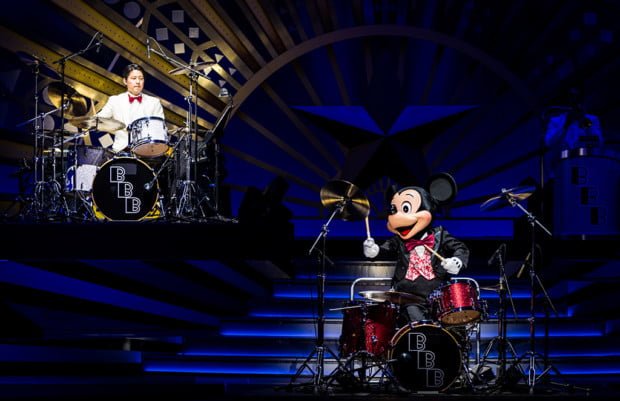


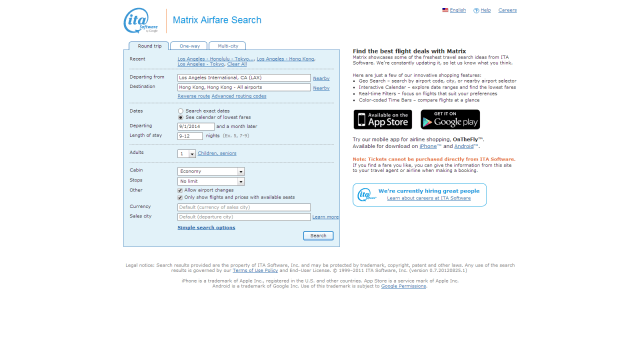
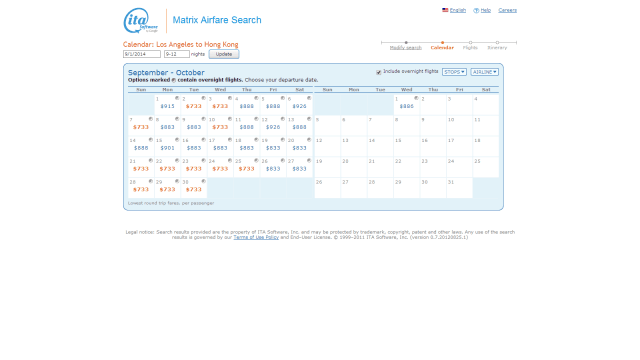
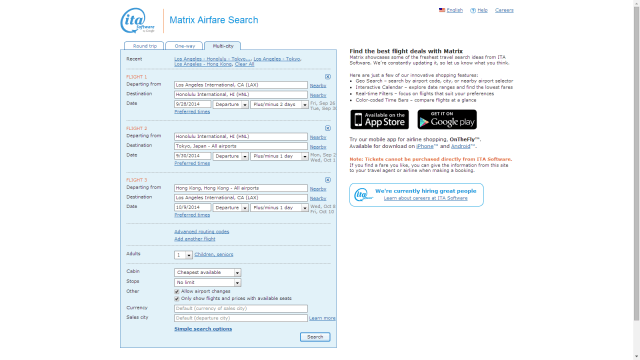
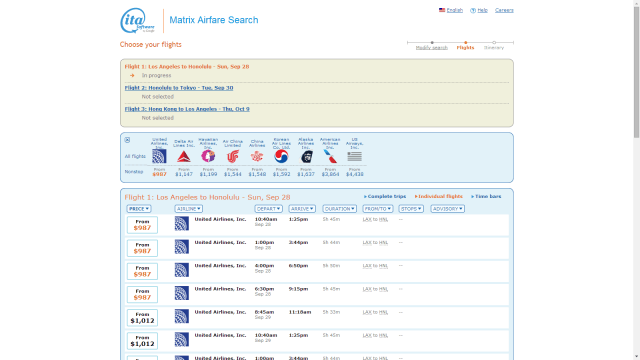
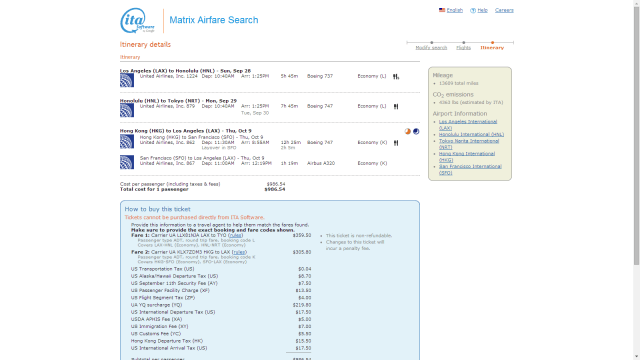
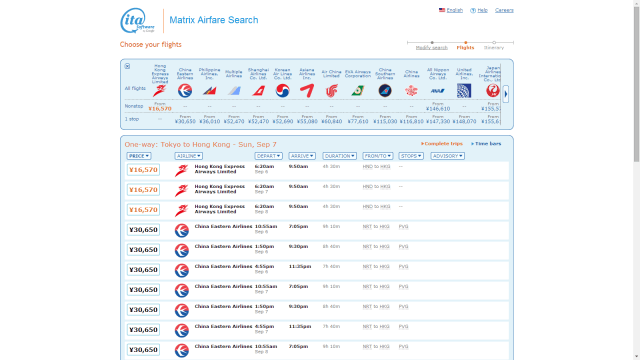

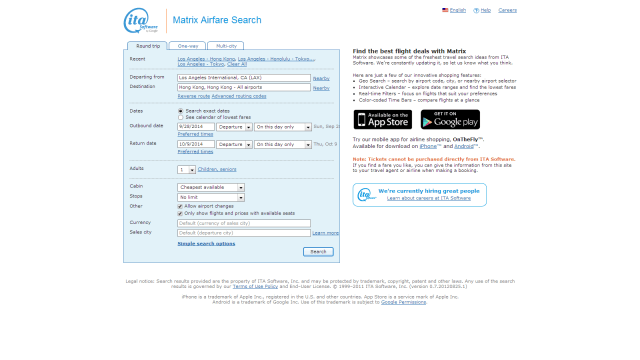
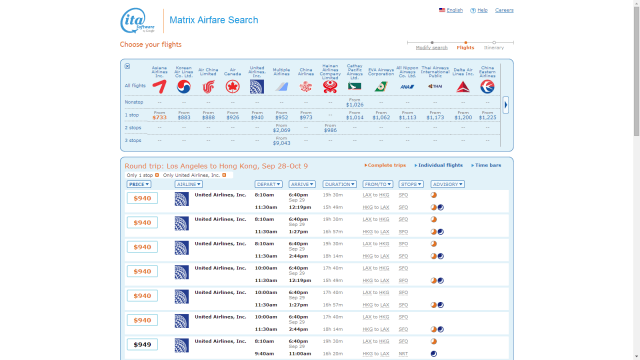
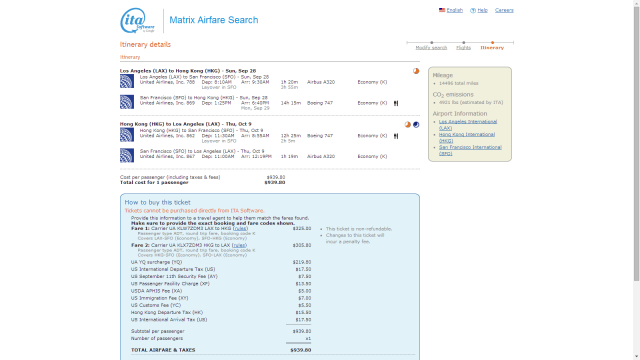

Would there be any way to do Disneyland in LA, Honolulu, Hong King, Shanghai and Tokyo all in one trip?!
From Winnipeg in Manitoba Canada (north of Minnesota).
I just tried this and it didn’t work. I tried checking for May/Jun/Aug from LAX to HNL, HNL to NRT and then back from NRT to LAX. The only way the price wasn’t triple a normal round trip was if the “layover” in Hawaii was under a day. Do you know if United stopped offering this perk? I did a Google search and found stories about this being a United perk when booked with miles. Do you know they offer it if you’re paying with money instead of miles?